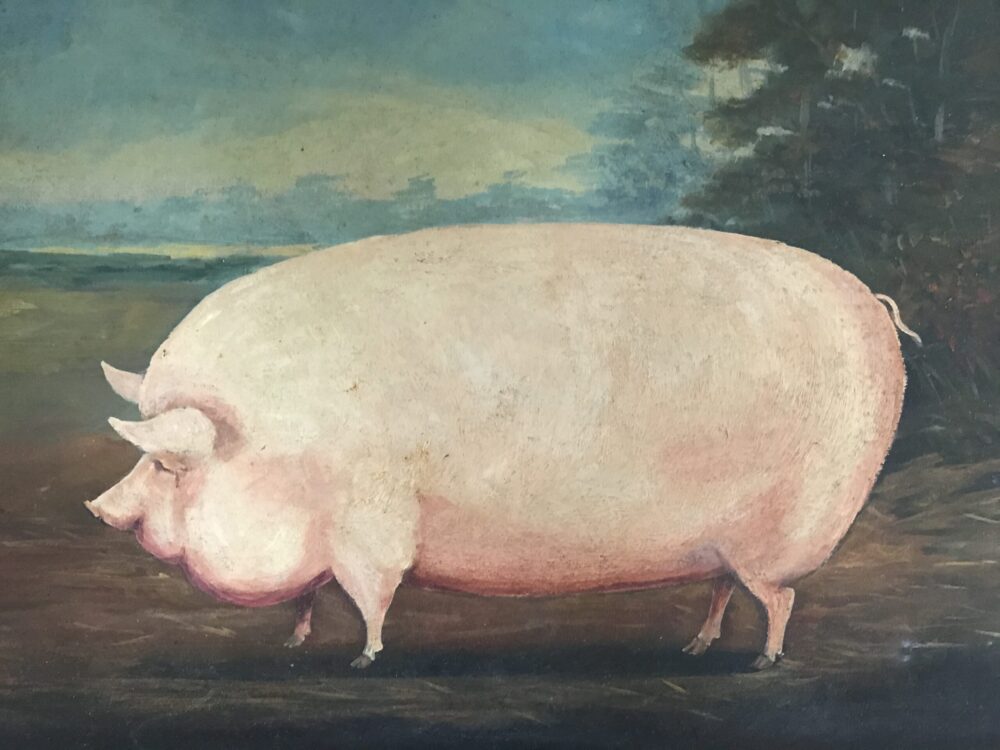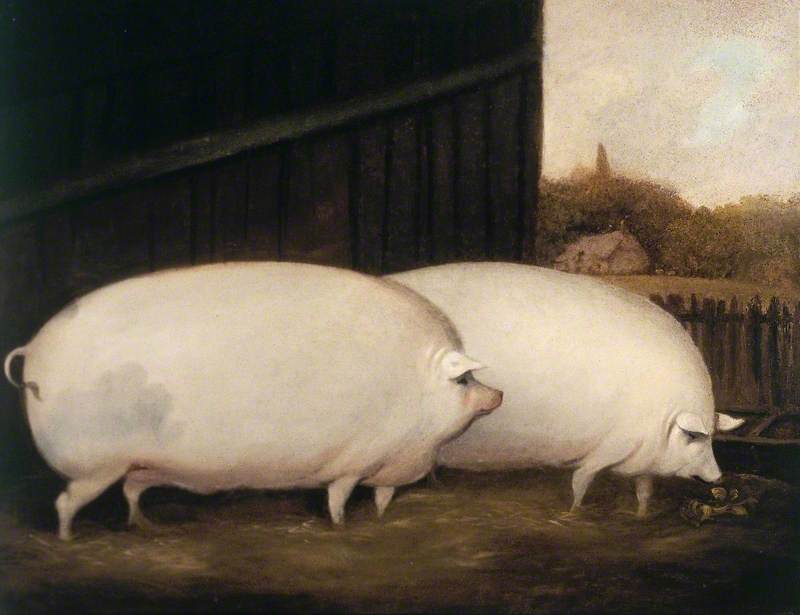One of the most famous sayings of the Tuscan gastronomic tradition is: “nothing is thrown away from the pig”.
 Among the most ancient and deeply rooted traditions of rural Italy we find the breeding of pigs for family consumption. Up until the 1950s and 1960s, pigs were raised domestically in the countryside, then, starting from that decade, they moved on to industrial farms aimed at the mere perspective of profit.
Among the most ancient and deeply rooted traditions of rural Italy we find the breeding of pigs for family consumption. Up until the 1950s and 1960s, pigs were raised domestically in the countryside, then, starting from that decade, they moved on to industrial farms aimed at the mere perspective of profit.
For centuries, pork has been the pantry of many families, a guarantee of fat and protein; in fact, up until a few decades ago, pork was the main, and perhaps the only, source of animal protein in a mainly vegetarian diet, and not by choice.

The meat was consumed exclusively during celebrations and holidays, and not always. To take a brief leap into the past, wealthy families who had the opportunity to buy a piglet, usually at village fairs, entrusted it to a farmer.
Farmer who raised it on his own farm, feeding it naturally, mostly with harvest waste. The killing of him generally took place between the months of December, January and February, the cold period of the year, when it was believed that the animal had reached full maturity, i.e. it greatly exceeded a quintal and a half in weight; the technique required that the pig be divided into 2 equal parts: one half for the owner, the other for the farmer.
 Then when the era of the masters ended, the peasants began to independently raise the pig and, when it was killed, the custom of sharing the meat with the whole family and often also with the neighborhood spread, as a reason of celebration and sharing. After the killing of the pig, a part of the meat was eaten fresh while the remaining part had to be kept for several months, and, in an era where there were no freezers or chemical preservatives, the mastery of working and drying the meat acquired vital importance.
Then when the era of the masters ended, the peasants began to independently raise the pig and, when it was killed, the custom of sharing the meat with the whole family and often also with the neighborhood spread, as a reason of celebration and sharing. After the killing of the pig, a part of the meat was eaten fresh while the remaining part had to be kept for several months, and, in an era where there were no freezers or chemical preservatives, the mastery of working and drying the meat acquired vital importance.
(To be continued)
Follow the programs on History Food Channel TV here: https://vimeo.com/historyfoodchanneltv
